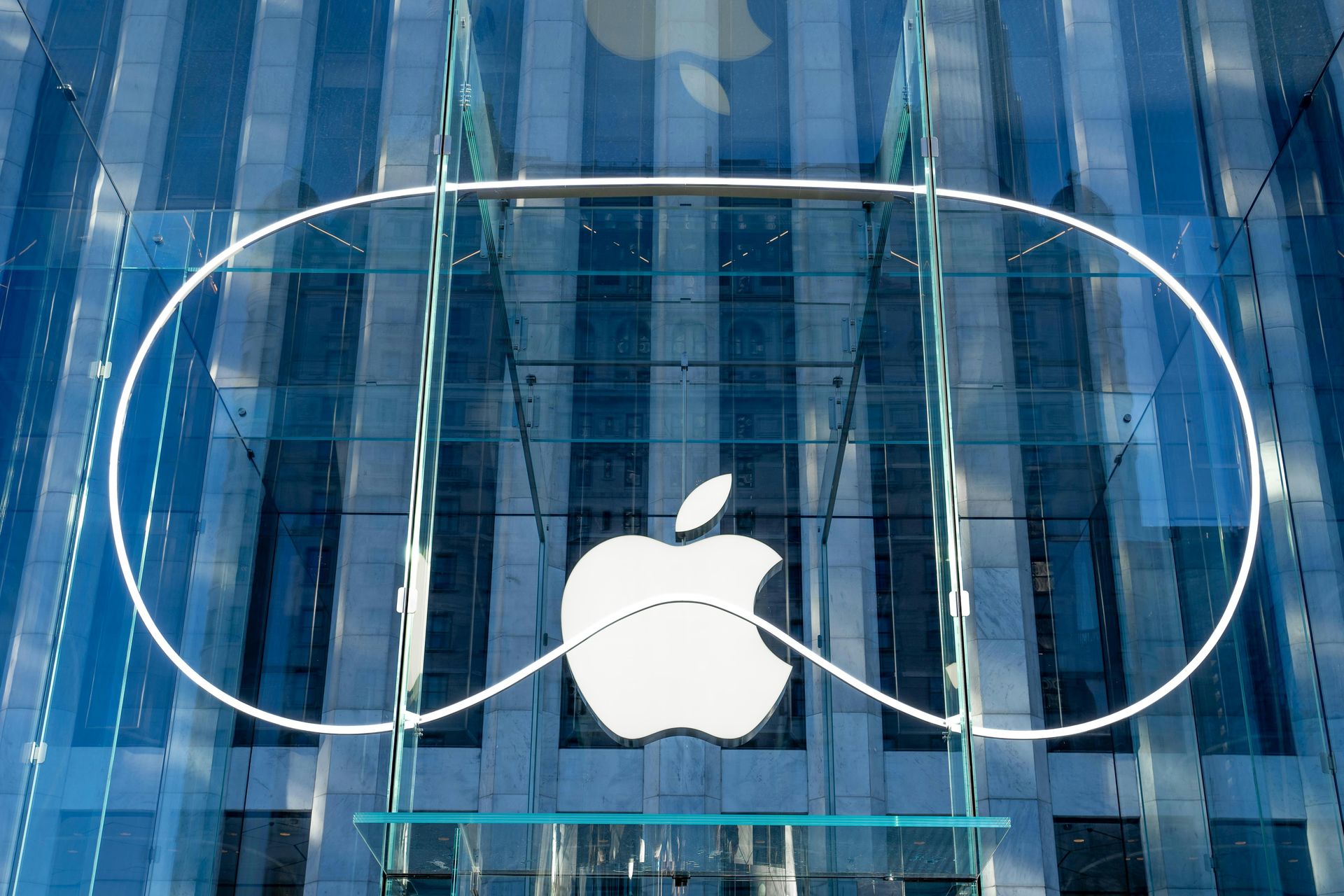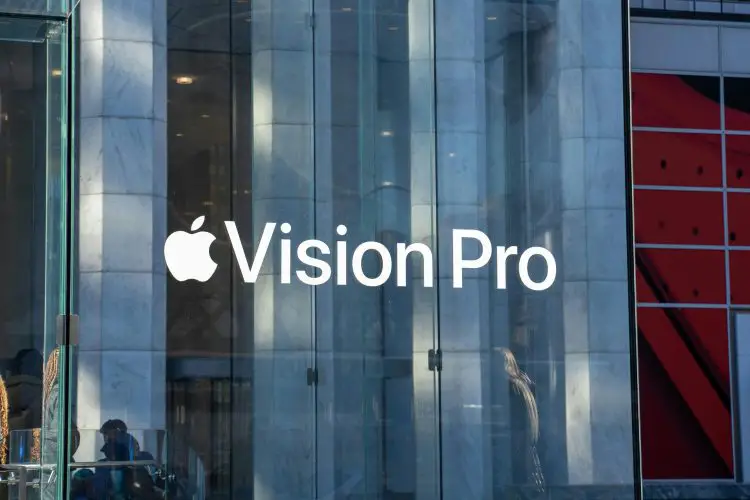Apple’s latest technology, Vision Pro, has disappointed with its sales figures after an exciting start at launch. Offering spatial computing technology in a headset for the first time, Vision Pro was the dream of many.
But some problems started to emerge. Factors such as the product’s high price tag, uncomfortable use and insufficient application library negatively affect sales.
So how is the latest situation of Vision Pro now? Are sales satisfactory for Apple? Let’s take a closer look.
Vision Pro sales fall after exciting launch
Analysts are reporting that Apple has significantly lowered its Vision Pro sales forecasts for 2024, three months after launch. As initial excitement wanes, Vision Pro appears to be entering a “fizzle period”. Apple reportedly sold 200,000 Vision Pro in its first 10 days, and sales are not expected to increase for the rest of the year.
The reasons behind the Vision Pro’s failure are complex. Its high price is keeping many potential customers away. A $3,500 price tag is seen by many as expensive and a deterrent to purchase.

In addition, the discomfort of the Vision Pro is another major issue. The comfort of the headphones, which can cause head and neck pain with prolonged use, is not satisfactory for many users.
The incomplete app library is also a factor that reduces the appeal of Vision Pro. The lack of popular apps such as Netflix and Spotify has a negative impact on the user experience.
Apple is rumored to be reviewing the Vision Pro’s “product roadmap” and there may not be a new version until after 2025. But it was previously rumored that a new version would arrive in 2025. It remains to be seen what steps Apple will take to address these shortcomings.
While spatial computing is a promising area for the future of computing, Vision Pro is currently far from becoming a mainstream product. Apple needs to continue its work in this area and develop products that better meet the needs of users.
While the future of Vision Pro is uncertain, Apple’s efforts in this area and the development of spatial computing technology have the potential to deliver exciting products and experiences in the coming years.
Featured image credit: Roméo A. / Unsplash





